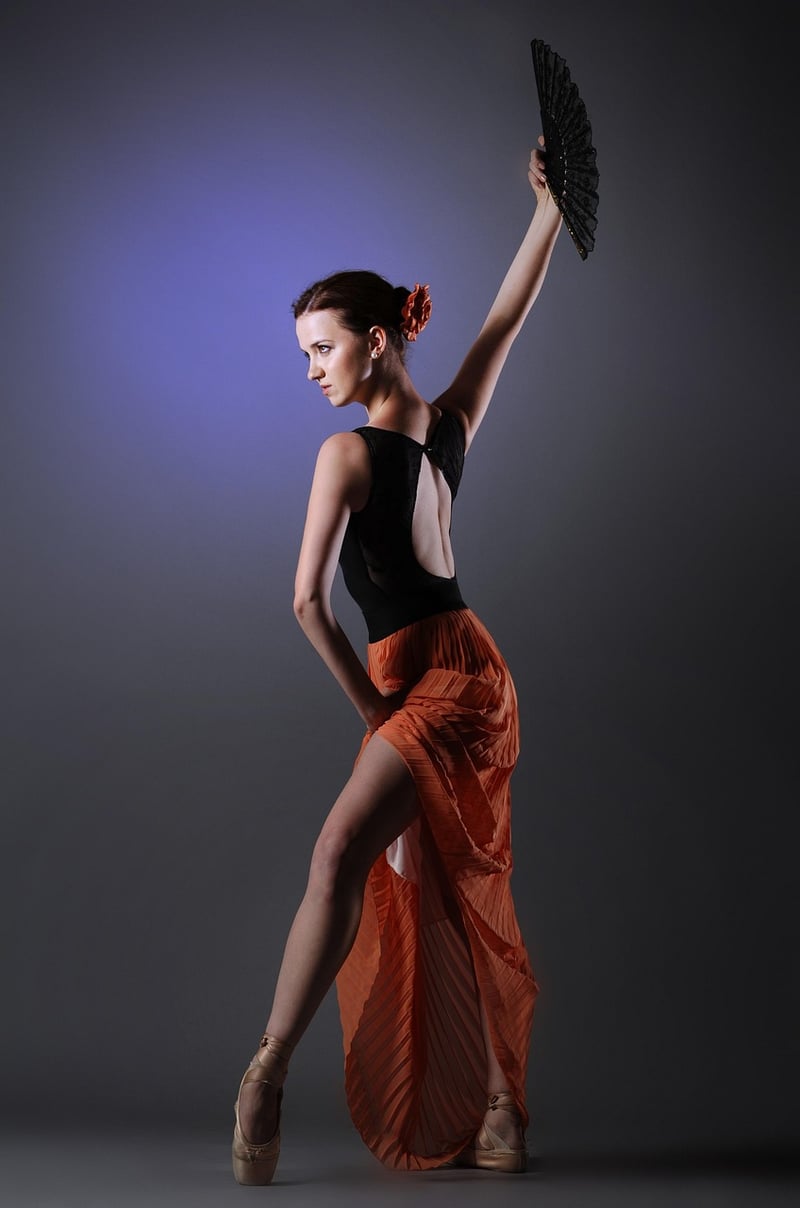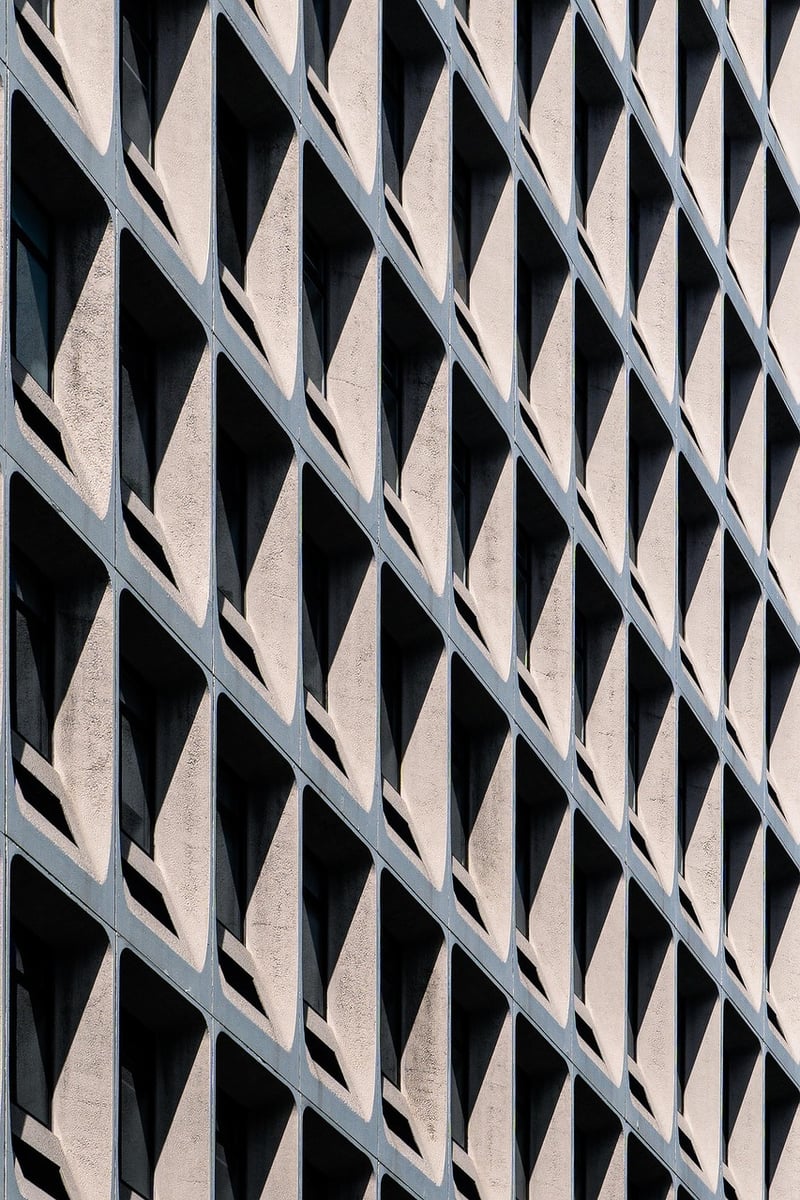Contemporary
Exploring Expressive Movement Forms in Contemporary Dance

Contemporary dance is a dynamic and expressive art form that incorporates a wide range of movement styles, techniques, and influences. Within the realm of contemporary dance, there exists a variety of expressive movement forms that allow dancers to convey emotions, stories, and ideas through their body language and choreography.
1. Improvisation
One of the key elements of contemporary dance is improvisation, where dancers create movement spontaneously in response to music, emotions, or other external stimuli. This form of expression allows dancers to tap into their creativity and explore new ways of moving that may not be pre-planned.
2. Release Technique
The release technique focuses on letting go of tension in the body to achieve fluidity and freedom of movement. Dancers use breath, weight, and momentum to create a sense of ease and flow in their dancing, allowing for a more organic and authentic expression of movement.
3. Contact Improvisation
Contact improvisation involves two or more dancers engaging in physical contact to explore weight-sharing, balance, and momentum. This form of movement encourages trust, communication, and spontaneity between dancers, resulting in unique and collaborative choreographic moments.
4. Floorwork
Floorwork in contemporary dance involves movements performed on the floor, allowing dancers to explore different levels and textures in their choreography. By connecting with the ground, dancers can create a sense of grounding and stability while also showcasing strength, flexibility, and fluidity in their movement.
5. Release-based Partnering
Release-based partnering combines elements of release technique and contact improvisation to create dynamic and interconnected duets or group choreography. Dancers focus on supporting and responding to each other's movements, creating a sense of collaboration and shared exploration in their performance.
By integrating these expressive movement forms into contemporary dance practices, dancers can push the boundaries of traditional techniques and create compelling, innovative choreography that resonates with audiences on a deeper emotional level.
Embrace the diversity and creativity of contemporary dance by exploring these expressive movement forms in your own practice and performances!
